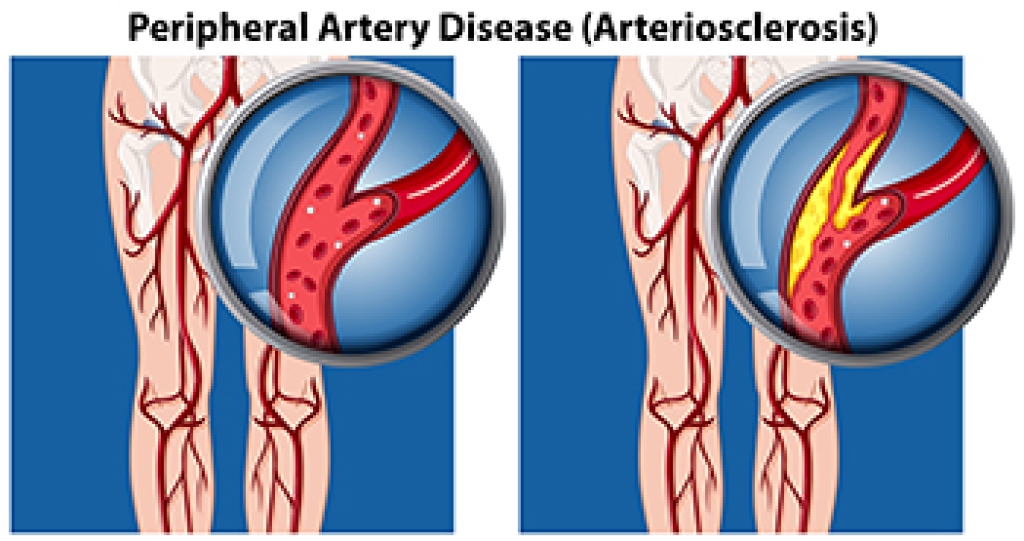
Cholesterol can become a silent menace when levels soar. Beyond the commonly known risks to heart health, high levels of cholesterol can have a profound effect on your feet. A key consequence of elevated cholesterol is atherosclerosis, a condition where plaque accumulates in the arteries. This buildup can affect the extremities, including the legs and feet, resulting in peripheral artery disease, or PAD. A common symptom of the reduced blood flow to the lower extremities is unusually cool or cold feet. Swelling or edema may also occur, particularly after periods of immobility. Leg pain, another common indicator of PAD, may be experienced with or without physical activity. A sensation described as having pins and needles often occurs in the feet. PAD may also increase the risk of developing arterial ulcers, which are slow-healing wounds that typically appear on the legs, feet, ankles, or toes. These ulcers are a consequence of damaged cells, tissues, and nerves. For those individuals with PAD and leg ulcers, careful observation is needed. If you are experiencing the symptoms of peripheral artery disease, it is suggested that you make an appointment with a chiropodist who can determine what the best treatment is for you.
Peripheral artery disease (PAD) is a condition that causes poor circulation in the lower limbs. If you have PAD, please consult with one of the specialists from Thornhill Foot Clinic. Our chiropodists can help you maintain the health of your lower limbs and your mobility.
What is peripheral artery disease?
Peripheral artery disease is characterized by reduced blood flow to the lower limbs. This occurs due to a buildup of a fatty substance called plaque in the arteries. The plaque causes the arteries to become narrow and harden, which makes it difficult for blood to get to the lower limbs. Without adequate blood flow, the tissues of the legs, ankles, and feet do not get enough oxygen and nutrients to function properly, which can lead to various symptoms as the condition progresses. Having poor circulation also increases your risk of cardiovascular events, such as heart attacks and strokes.
Symptoms
In its initial stages, PAD is often asymptomatic. If symptoms do arise, they often include:
- Muscle cramps
- Weakness
- Fatigue
- Pain that gets worse with physical activity
- Balance problems
- Difficulty walking
Diagnosis
PAD can be diagnosed through a thorough physical examination, medical history, and vascular testing. There are many simple, non-invasive tests that your chiropodist can use to determine your risk of having PAD. These include the ankle-brachial index (ABI) test and Doppler ultrasounds.
Treatment
Treatments for PAD focus on lifestyle changes and medication management to lessen symptoms and prevent heart attacks and strokes. Your chiropodist may suggest various foot and ankle exercises to increase the strength and flexibility of your feet and ankles, boost circulation, and improve mobility. They may also suggest routine visits to monitor and maintain the health of your feet since poor circulation can lead to a variety of foot and ankle complications.
If you have any questions, please feel free to contact our office located in . We offer the newest diagnostic and treatment technologies for all your foot care needs.
